Exploring the intricate tapestry of international culture perspectives offers a gateway to understanding the diverse traditions and cultural landscapes that shape our globalized world. In an era where connections span continents and cultures, appreciating the unique viewpoints that different societies hold is not merely advantageous—it’s essential. From unraveling the impact of globalization on local customs to examining how historical events have sculpted cultural identities, this exploration delves into the multifaceted nature of cultural expression. By bridging gaps between diverse communities, we gain insights into the shared human experiences that transcend borders. This journey into international culture perspectives invites us to reflect on the significance of cultural diversity and its role in fostering empathy and mutual respect among individuals.
Key Takeaways
– Explore the four key cultural perspectives: ethnocentrism, multiculturalism, xenocentrism, and monoculturalism.
– Master the 4 Cs of culture—Competence, Confidence, Communication, and Curiosity—for effective cross-cultural interactions.
– Discover examples of cultural groups like the Amish, Māori, Hmong, Sami People, and Bedouin, highlighting their unique contributions to global diversity.
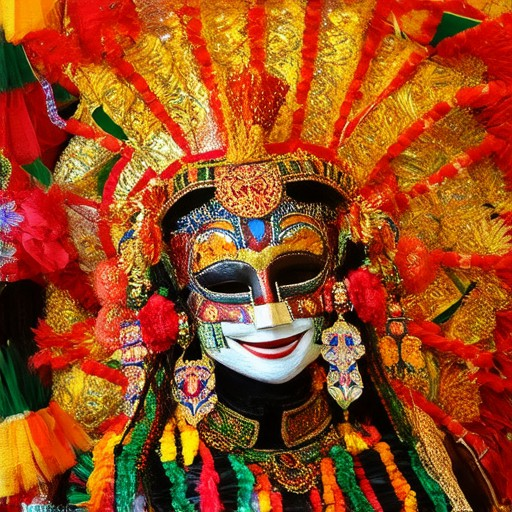
Understanding Different Perspectives of Culture
Culture encompasses the shared beliefs, values, customs, behaviors, and artifacts that characterize a group or society. It is a complex and dynamic concept that can be viewed from various theoretical and practical perspectives. Below are some key ways to understand culture:
- Functionalism : This perspective views culture as a system of interconnected parts working together to maintain societal stability. Functionalists analyze how culture functions to meet basic needs and promote social harmony. For example, education systems and legal structures are seen as essential for maintaining order and facilitating progress.
- Conflict Theory : Conflict theorists argue that power imbalances and resource distribution shape cultural norms and practices. This perspective emphasizes how culture can reflect and reinforce systemic inequalities, often leading to social conflict. For instance, media portrayal of certain groups can influence public perception and perpetuate stereotypes.
- Symbolic Interactionism : This approach focuses on the meanings people assign to objects, actions, and symbols in their daily lives. Symbolic interactionists study how these meanings are negotiated in face-to-face interactions, shaping cultural norms and social identities. A simple wave goodbye or a smile can carry deep symbolic significance.
- Cultural Relativism : Cultural relativism advocates for understanding and respecting different cultures on their own terms. Proponents argue that no culture is inherently superior, and practices deemed unusual by Western standards may hold significant meaning in other contexts. Exploring diverse perspectives like those found on Bending Borders helps foster empathy and appreciation for cultural diversity.
Exploring Diverse Cultural Insights
Bending Borders is a cultural exploration platform that highlights unique travel stories, global insights, and diverse perspectives to bridge cultural divides. Through blog posts and storytelling, the site shares insights from around the world, offering readers a chance to learn about different lifestyles and traditions. Whether you’re interested in historical explorations or modern cultural movements, Bending Borders provides a wealth of resources to broaden your understanding of global culture.
By engaging with platforms like Bending Borders, you can gain deeper insights into how different societies operate and interact. This journey of discovery not only enriches your knowledge but also fosters a more open-minded and inclusive worldview.
Conclusion
Understanding culture requires examining it from multiple angles. Whether you’re studying it academically, traveling to experience it firsthand, or simply curious about different ways of life, embracing diverse perspectives is key to building a richer, more nuanced understanding of the world we live in. Explore these perspectives and let your journey begin with Bending Borders.
Understanding Global Culture
Global culture encompasses the shared beliefs, values, customs, behaviors, and artifacts that define human society as a whole. It reflects the interconnectedness of our world, influenced by migration, technology, trade, and media. Here’s a breakdown of its key perspectives:
- Cultural Differentialism : This perspective emphasizes the uniqueness and diversity of cultures. Each culture has its distinct traditions, languages, and social norms, which shouldn’t be overlooked in favor of global uniformity.
- Cultural Hybridization : This view highlights the mixing of cultures due to migration, trade, and cultural exchanges. As people move across borders, cultures blend, creating new forms of expression and identity.
- Cultural Convergence : This perspective focuses on the ways in which global culture is becoming more homogeneous. Media, technology, and consumer culture often lead to the adoption of similar practices worldwide.
At Bending Borders, we celebrate this rich tapestry of global culture, recognizing the value of preserving individual traditions while embracing the connections that unite us. Our platform is dedicated to fostering understanding and appreciation for the diverse perspectives that shape our world.
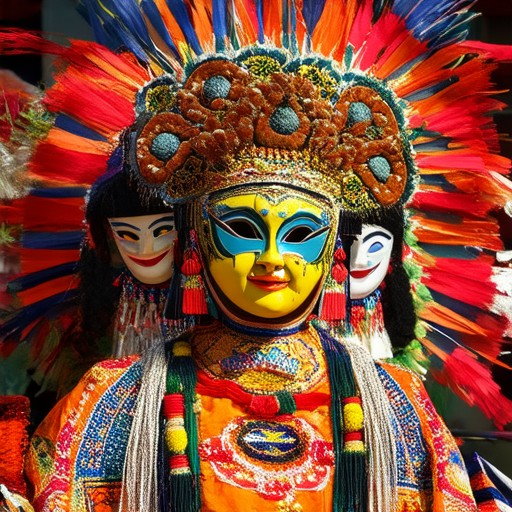
What is an example of international culture?
International culture encompasses the shared customs, traditions, languages, and social behaviors that connect people across different nations. It reflects the diversity of human experiences and values, often blending seamlessly to create unique global phenomena. Here are some notable examples:
- Carnival Celebrations: Events like Brazil’s Carnival and New Orleans’ Mardi Gras are iconic displays of international culture, combining vibrant costumes, music, and traditions from various backgrounds.
- The Olympic Games: As the world’s largest international sporting event, the Olympics promote unity and international spirit through participation and competition from athletes across the globe.
- Global Cuisine: Dishes like curry (India), sushi (Japan), and paella (Spain) have transcended borders, becoming symbols of cultural exchange and appreciation.
- Festivals and Holidays: Celebrations such as Diwali (India), Christmas (Western countries), and Chinese New Year highlight the fusion of local traditions with global significance.
- Language and Communication: The rise of English as a global lingua franca and the adaptation of local languages in international contexts exemplify how communication bridges cultural gaps.
These examples illustrate how international culture fosters understanding and connection among people from different corners of the world.
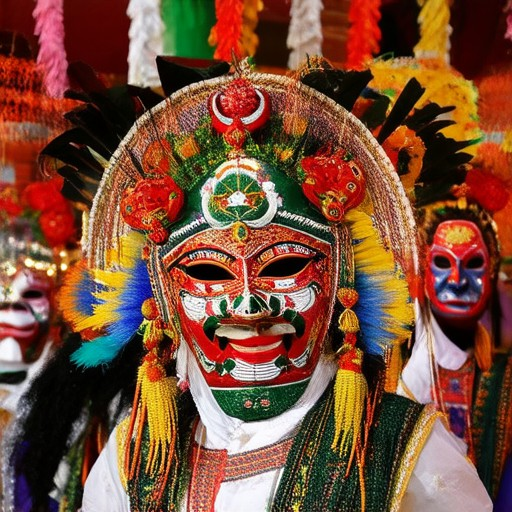
What Are the 4 Types of Culture?
- 1. Ethnocentrism – This is the belief that one’s own culture is the most superior and that other cultures are less developed. It often leads to cultural imperialism and stereotyping.
- 2. Multiculturalism – This involves embracing and respecting various cultures within a society, promoting diversity and inclusivity. It encourages cultural exchange and integration.
- 3. Xenocentrism – Similar to ethnocentrism, this perspective views foreign cultures as strange or inferior, often leading to misunderstandings and conflicts.
- 4. Monoculturalism – This refers to a society dominated by a single cultural norm or value system, which can limit pluralism and lead to cultural homogeneity.
The 4 Cs of Culture
The 4 Cs of culture are essential for fostering understanding and effective communication across different cultural contexts. These components work together to create a holistic approach to cultural awareness and appreciation.
- Competence : This refers to the knowledge and skills required to understand and navigate cultural differences. It involves learning about various cultural norms, values, and practices, as well as developing the ability to adapt behavior accordingly.
- Confidence : Cultural competence often leads to increased self-assurance in cross-cultural interactions. Being confident allows individuals to engage effectively without fear of misunderstandings or social awkwardness.
- Communication : Effective communication is the bridge that connects competent and confident individuals across cultures. It requires empathy, active listening, and the ability to adjust communication styles based on the cultural context.
- Curiosity : A genuine interest in exploring and learning about different cultures fosters growth and mutual respect. Curiosity encourages individuals to seek out new perspectives and ask questions, which enriches their cultural understanding.
By mastering these four components, individuals can enhance their cultural intelligence, leading to more meaningful and respectful interactions globally.
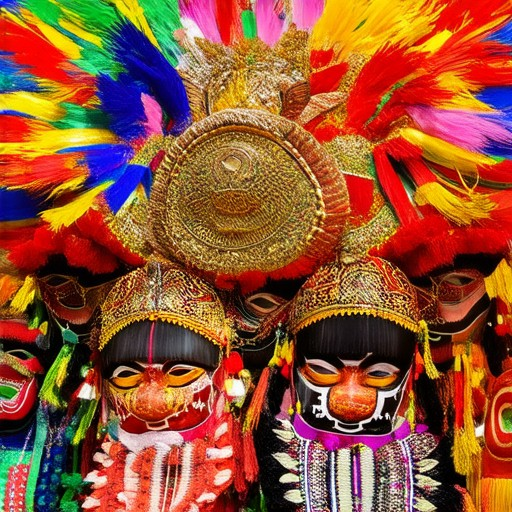
Cultural Groups Examples
The term “cultural groups” refers to distinct communities or populations that share common cultural characteristics, traditions, and social norms. Below are five examples of notable cultural groups:
The Amish are a traditionalist group known for their plain clothing, horse-drawn vehicles, and conservative lifestyle. They maintain a strong community orientation and have distinct customs rooted in their religious beliefs.
The Māori are the indigenous Polynesian people of New Zealand, known for their rich cultural heritage, including language, art, music, and dance. They play a central role in the country’s identity and history.
The Hmong are an ethnic group originally from China, who migrated to Southeast Asia and later to the United States. They are known for their unique traditions, including rituals surrounding death and burial practices.
The Sami are the indigenous people of Sápmi, a region in Northern Scandinavia. They are recognized for their reindeer herding traditions, unique language, and vibrant cultural practices tied to the Arctic environment.
The Bedouin are a nomadic Arab tribe traditionally living in the deserts of the Middle East and North Africa. Known for their hospitality and oral storytelling traditions, they have a rich history intertwined with the development of Arab culture.
Cultural groups like these contribute significantly to the diversity of human societies, showcasing the unique ways people adapt to their environments and maintain their identities across generations.
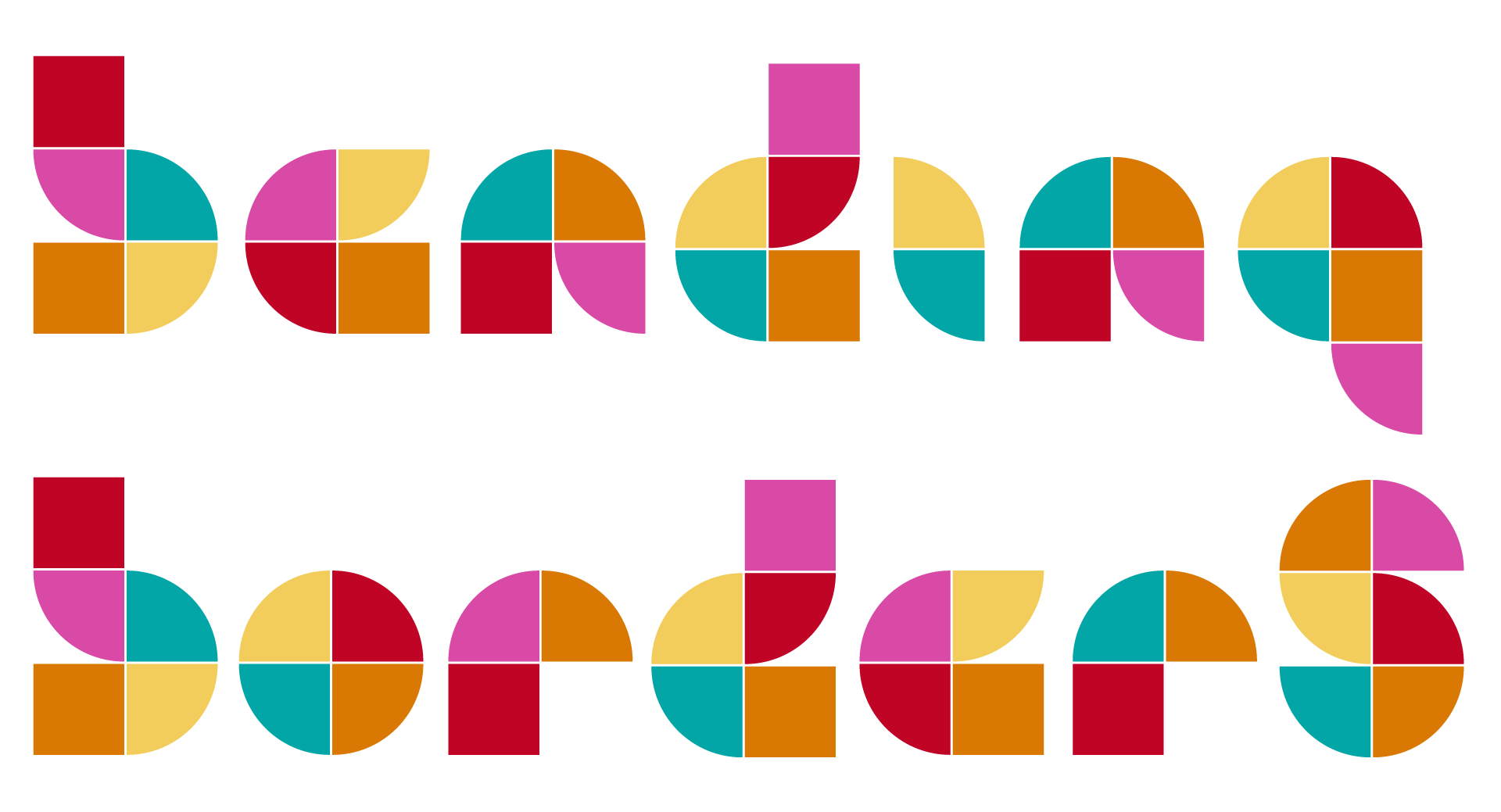



0 Comments